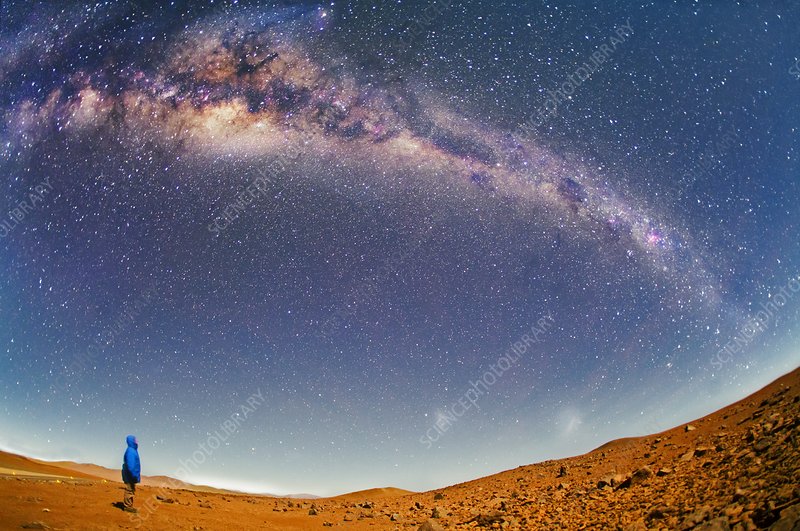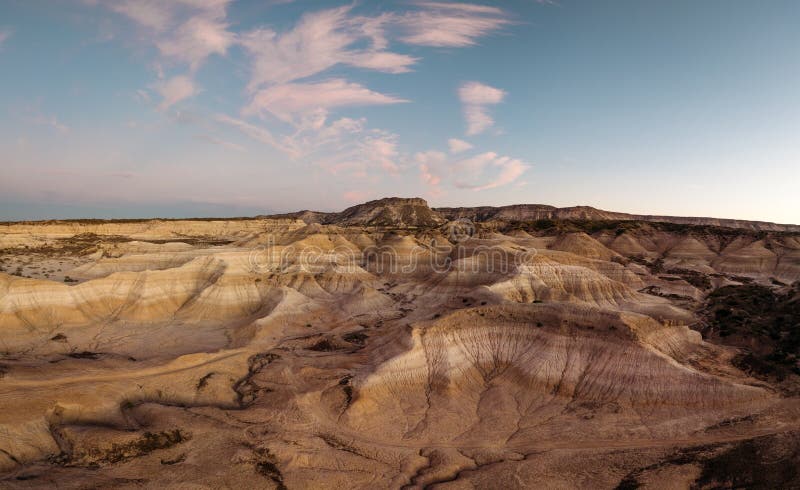Lost in the Light: An Astrophotographer's Journey Through the Atacama Desert

The Atacama Desert. Even the name whispers promises of stark beauty and otherworldly landscapes. As an astrophotographer and dark sky advocate, I'd dreamt of experiencing this Chilean gem for years. Stepping off the plane in San Pedro de Atacama, I was immediately struck by the crisp, dry air, carrying the subtle scent of desert herbs. But it was the sky, even with the town's modest glow, that stole my breath. Hints of the Milky Way were already visible, a tantalizing preview of the cosmic spectacle to come. This was it. The beginning of an adventure blending awe for the universe with a deep respect for this fragile environment.
Unveiling the Cosmos with SpaceObs
My first deep dive into the Atacama night sky came courtesy of a stargazing tour with SpaceObs (spaceobs.cl). From the moment our astronomer guide began pointing out constellations invisible from my light-polluted home, I knew I was in for a treat. The highlight of the evening was undoubtedly the views through their impressive 16-inch Dobsonian telescope. Nebulae bloomed with vibrant colors, and distant galaxies revealed themselves in intricate detail. It was humbling and inspiring.
Of course, I couldn't resist capturing some of the magic myself. Using my Sony a7S III with a Sigma 14mm f/1.8 lens and a star tracker, I aimed to capture the Milky Way arching majestically over the desert. The technical details: ISO 3200, f/2.0, and 30-second exposures allowed me to collect enough light while minimizing star trailing. The resulting image (above!) is a constant reminder of the Atacama's celestial brilliance.
Valle de la Luna: A Sunset Symphony
The Atacama isn't just about the night sky. The daytime landscapes are equally captivating. A guided sunset hike in Valle de la Luna (Moon Valley) revealed an alien world of sculpted rock formations and shifting colors. As the sun dipped below the horizon, the landscape transformed into a masterpiece of soft, golden light, highlighting the textures of the sand and rock.

The "Las Tres Marias" rock formation, standing sentinel against the fiery sky, was particularly breathtaking. I attempted to capture its grandeur with a panoramic shot on my iPhone Pro Max, hoping to do justice to the sheer scale of the scenery. While not quite the same as my astrophotography equipment, the iPhone proved to be a useful tool for capturing the moment.
Standing at the Forefront of Discovery: ALMA Observatory
A visit to the Atacama Large Millimeter/submillimeter Array (ALMA) Observatory was an absolute must. Booking well in advance is essential, as tours fill up quickly. Standing among those massive antennas, silhouetted against the backdrop of the Andes Mountains, was an awe-inspiring experience.
ALMA is at the forefront of astronomical discovery, probing the universe's deepest secrets. Knowing that I was witnessing groundbreaking research firsthand left me with a profound sense of wonder and respect for human ingenuity.
A Taste of the Atacama: Culinary Delights
No trip is complete without indulging in the local cuisine. My culinary adventure in San Pedro was filled with delightful discoveries. At Brisa Restaurant, I savored a Pastel de Choclo, a traditional Chilean dish featuring a sweet corn crust over a savory meat filling. The contrast of flavors was simply divine.
Wandering the streets, I stumbled upon a vendor selling Empanadas de Pino. The crispy crust gave way to a juicy, flavorful meat filling – a perfect on-the-go snack.
And to cap off those unforgettable days, I treated myself to a Pisco Sour cocktail on my hotel terrace, watching the sunset paint the sky with vibrant hues. The perfect balance of sweet, sour, and a hint of bitterness mirrored the complex beauty of the Atacama itself.
A Landscape Like No Other
The Atacama's landscape is a symphony of extremes. The blinding white expanse of the Salar de Atacama, the jagged peaks surrounding San Pedro, and, of course, the unparalleled darkness of the night sky. In certain areas, the Bortle scale value reaches Class 1, indicating the darkest skies on Earth.
The dry air and high altitude contribute significantly to the exceptional visibility of celestial objects. The lack of atmospheric moisture minimizes light scattering, allowing for incredibly sharp and clear views of the cosmos. This combination of factors makes the Atacama a truly unique and invaluable location for astrophotography and astronomy.

A Call to Responsible Astrotourism
My journey through the Atacama Desert was a transformative experience, solidifying my passion for both astrophotography and dark sky preservation. But it also reinforced the importance of responsible tourism. This fragile ecosystem is vulnerable, and it's our collective responsibility to protect it.
I urge you to visit the Atacama Desert, to witness its beauty and marvel at its celestial wonders. But please do so responsibly. Respect the delicate ecosystem, stay on designated trails, and minimize your impact.
Most importantly, support dark sky preservation efforts. Consider donating to or volunteering with the Atacama Desert Starlight Reserve (atacamastarlight.org). Minimize light pollution by using red light flashlights and avoiding unnecessary lighting during your visit. Every small action contributes to preserving this invaluable resource for future generations.
Let's ensure that the Atacama Desert remains a sanctuary for stargazers and a beacon of inspiration for all who seek to connect with the cosmos.